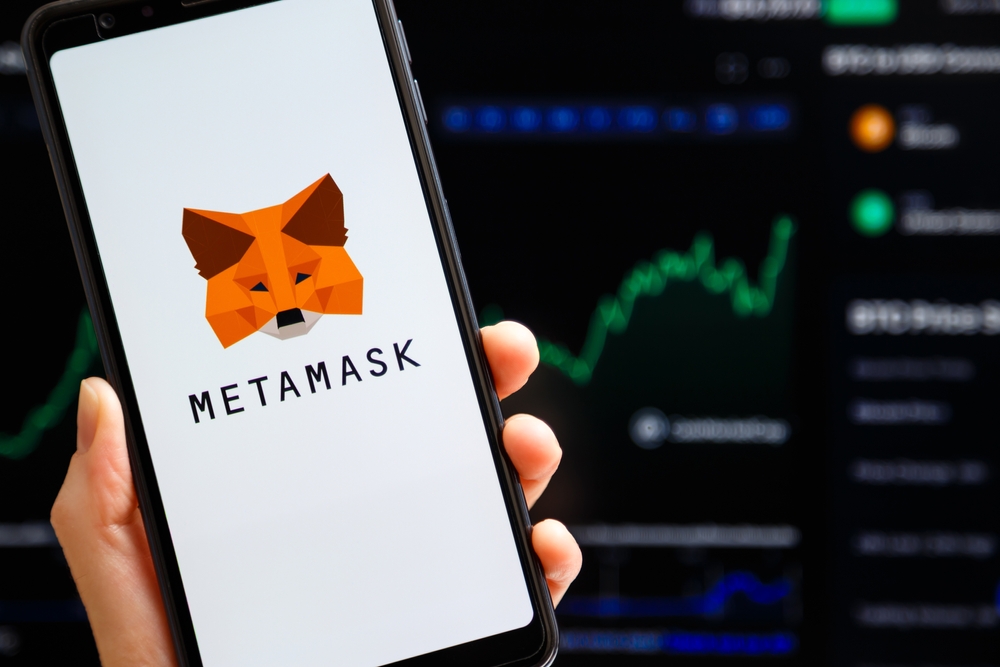What is Proof-of-Work? – All You Need to Know About the Consensus Mechanism

The blockchain technology that allows cryptocurrencies like Bitcoin to function is usually a decentralized database without any centralized entity to control it. As a decentralized database, blockchain is secured by parties that operate nodes across the globe. This is made possible by the proof-of-work consensus mechanism.
In this article, we will help you understand the concept of Proof-of-Work. Keep reading to learn more.
Consensus Mechanism Explained
Contrary to a traditional database, which is overseen by a centralized entity, a public blockchain is decentralized, thus allowing anyone to contribute towards securing it. Consensus is key for any blockchain to operate, considering the thousands of parties running nodes worldwide. These parties must agree on various aspects for the chain to function as expected.
That said, a consensus mechanism is a process where a particular blockchain automatically and reliably determines which node operator’s submitted block of transactions will be included on the network in exchange for mining rewards.
Try GPT Definity AI today, the #1 crypto trading robot! Click here to learn more. Artificial intelligence trading robots are taking over the trading eco-system, you can join this revolution and profit from daily revenues! Get ahead of the trading game with Artificial Intelligence crypto trading software today!
Understanding Proof-of-Work
Proof-of-work is a type of consensus mechanism initially created for Bitcoin by Satoshi Nakamoto, the founder of the coin. Since its creation, it has been adopted by other crypto projects, including Dogecoin, Litecoin, and Ethereum, which migrated to a proof-of-stake consensus mechanism in September 2022.
Node operators are known as miners in the proof-of-work model. They operate hardware with massive hashing power to solve complicated math equations. Nakamoto intentionally made the process difficult in order to block any bad actor from attacking the Bitcoin blockchain.
Initially, miners only used CPUs from their computers to mine Bitcoin. However, as math equations continued to become more challenging to solve, the CPUs were no longer powerful enough to do the job. Therefore, the miners adopted ASIC, a dedicated mining hardware.
Mining Rewards
As mentioned, there are rewards given to Bitcoin node operators. Here is how they earn them: When Bitcoin users initiate transactions, they are grouped into blocks, and miners compete to be the first to add the blocks to the Bitcoin network. The miner who emerges at the top receives a BTC reward. As of January 2024, the reward is 6.25 BTC. However, that figure is set to reduce to 3.125 BTC after the Bitcoin halving event in April. It is worth mentioning that new blocks are usually added to the Bitcoin blockchain every 10 minutes.
Why is Proof-of-Work Important?
This consensus mechanism is a vital component of Bitcoin. Without Proof-of-work, it would have been very easy for anyone to launch a 51% attack on the blockchain. This type of attack happens when a single miner controls over 51% of the total computing power of the blockchain, thus making it possible for them to manipulate the network. With Proof-of-work, no miner can own that kind of computing power.
Downsides of Proof-of-Work
The major disadvantage of the proof-of-work consensus mechanism is that it consumes significant amounts of energy. Also, proof-of-work blockchains have been accused of polluting the environment. A recent report by Digiconomist showed that crypto miners have a carbon footprint similar to that recorded by fuel-powered vehicles. The criticism from environmentalists forced electric car manufacturer Tesla to abandon Bitcoin Payments a few years ago.
Meanwhile, some Bitcoin advocates have claimed that crypto-hating lawmakers in the United States have been financing environmentalists to release misleading information about energy usage in the digital asset mining sector with the aim of pushing mining firms out of the US.
The increased criticism has led some mining companies to turn to renewable energy. For instance, Marathon Digital has already set up mining facilities powered by renewable energy in several countries.
Proof-of-Stake Consensus Mechanism
This consensus mechanism has been praised for consuming less energy. Instead of buying mining equipment, node operators in a proof-of-stake model are required to hold a significant number of tokens to secure a particular network. Besides Ethereum, other top crypto tokens that use this consensus mechanism include Algorand, BNB, Solana, Cosmos, and Cardano.
Disclaimer: Mining Plus Crypto specializes in amplifying content for dozens of cryptocurrency and blockchain firms, and your company could be next on the list! For inquiries, please reach out to us through or Telegram Chat. Given the unpredictable nature of cryptocurrencies, we advise you to thoroughly research before investing. A portion of the content available on our website, including broker reviews, is paid content or content contributed by guest writers and does not necessarily represent the opinions of Mining Plus Crypto. We claim no liability for the accuracy, quality, and content of advertisements, products, or any other materials, including ad spaces displayed on our site. For a comprehensive understanding, please review our full terms and conditions, and disclaimer.






